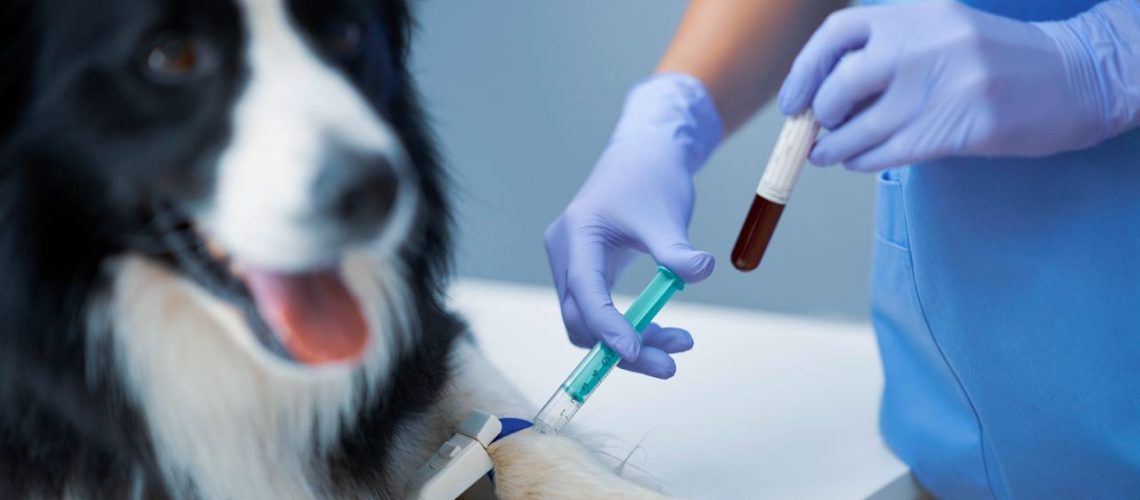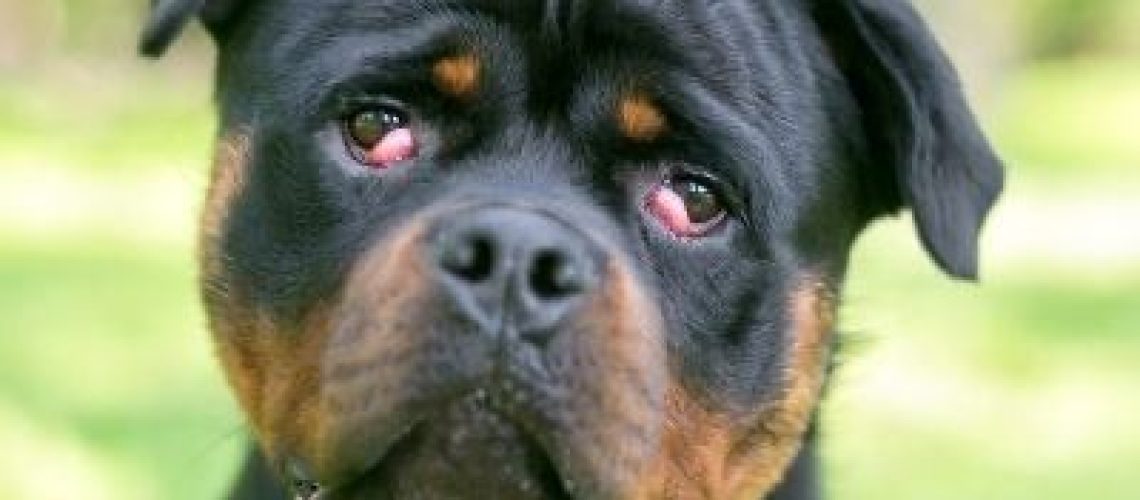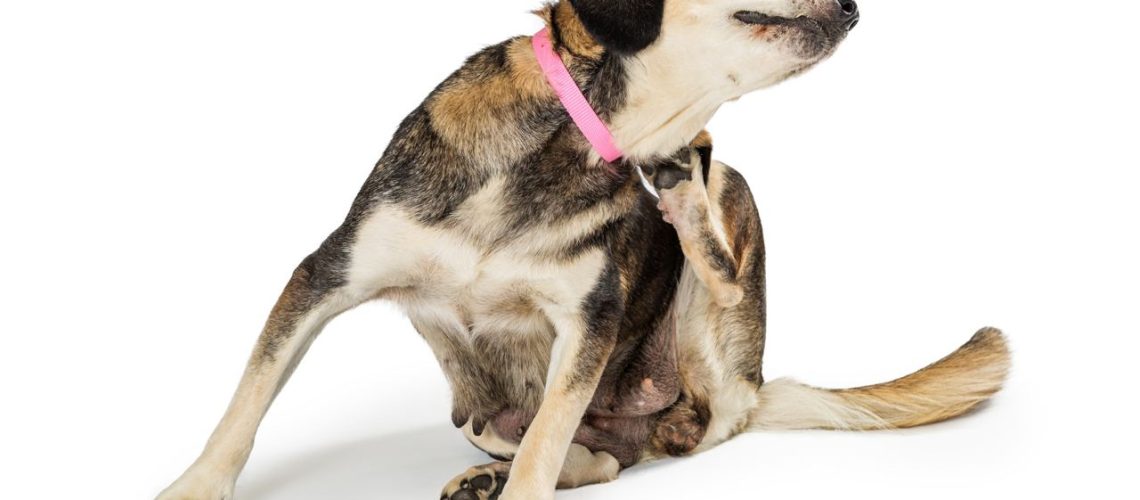Have you ever seen a dog panting and puffing around? With his tongue hanging out of his mouth? This could mean he is overheating. Dogs cannot sweat like humans, so when it gets hot, they are at risk.
This blog is about overheating in dogs. We will discuss what the symptoms are, how to treat them, and why it can be dangerous. We will also discuss preventative measures to prevent overheating.
What causes a dog to overheat?
A dog can overheat if it stays in the sun for too long, especially when the temperature is high. Excessive exercise in the heat can also lead to overheating. Some dogs are more susceptible to overheating, especially those with thick coats or short noses, such as bulldogs. It can also happen if a dog is locked in a hot car, even for a short time.
Overheating can occur while playing, walking or running. Especially when it is very hot and humid outside. Dogs that pant a lot, drool or seem lethargic may be at risk of overheating.
It is important to take extra precautions on hot days. You should also make sure your dog has plenty of water and does not stay in the heat for too long.

Symptoms of Overheating in Dogs
- Excessive panting: If your dog is panting a lot, it could be a sign that he is overheated.
- Drooling: Excessive drooling, more than normal, can also indicate overheating.
- Lethargy: If your dog seems lethargic and has less energy than normal, take note.
- Glassy Eyes: Notice if your dog’s eyes look glassy. This can be a sign of overheating.
- Difficulty moving: If your dog has difficulty moving or seems unsteady, this could be a sign of overheating.
- Fainting or convulsions: In severe cases, overheating can lead to fainting or even convulsions in the dog.
It is important to take these symptoms seriously and take action quickly to help your dog. Watch Peter Klaver’s video below for more information about overheating in dogs:
The Danger of Overheating in Dogs
Overheating in hot weather can be dangerous for several reasons:
- Organ damage: If a dog overheats, his body temperature can become too high. This can cause damage to his organs, such as the liver, kidneys and heart. This also leads to excessive vomiting, among other things.
- Exhaustion: Overheating can lead to exhaustion in dogs, which can cause them to become weak and unable to function normally.
- Dehydration: When a dog overheats, it can lose a lot of fluids through excessive panting and sweating. This can cause the dog to suffer from dehydration. This is very dangerous for the dog’s health.
- Neurological problems: In severe cases, overheating in dogs can lead to neurological problems. This can result in fainting, convulsions and even coma.
How can you prevent overheating?
You can prevent overheating in dogs by:
- Shade and Water: Make sure your dog always has access to shaded areas and fresh ice cold or cold water. This will help your dog cool down from overheating.
- Avoid hot hours: Limit your time outdoors during the hottest hours of the day. This is usually between 10am and 4pm.
- Short Walks: Take short walks with your dog instead of long, tiring hikes.
- Cool Indoors: Keep your home cool by closing curtains or blinds and using fans or air conditioning. Make sure your dog has a cool place to cool down on a hot day, which can help lower his body temperature.
- Cool Toys: Give your dog cool toys to play with, such as frozen treats or ice cubes.
- Watch for the signs: Pay close attention to the signs of overheating in your dog. Take as soon as possible if you think he is getting too hot.
By following these simple steps, you can protect his well-being.

Treatment of overheated dog
If your dog becomes overheated and you visit the vet for a consultation, treatment may include:
- Cooling: The vet will cool your dog using special techniques. This can be done by using ice packs or a cold wet towel to get rid of the heat.
- Hydration: If your dog is dehydrated due to overheating, the vet may administer fluids. This will be done through an IV to restore his fluid balance.
- Medication: In some cases, your veterinarian may prescribe medication to treat the symptoms of overheating. Such as anti-vomiting medication or painkillers.
- Observation: Your dog will be closely monitored by the veterinarian to check if his condition improves and to identify any complications.
Treatment can vary depending on the severity of the overheating and your dog’s individual needs.
At Pet Insurance Compare, we offer various dog a lot of insurance to protect your pet. With our insurance, you don’t have to worry about high costs if your pet. Like your dog that is overheated. View all dog insurance here.








